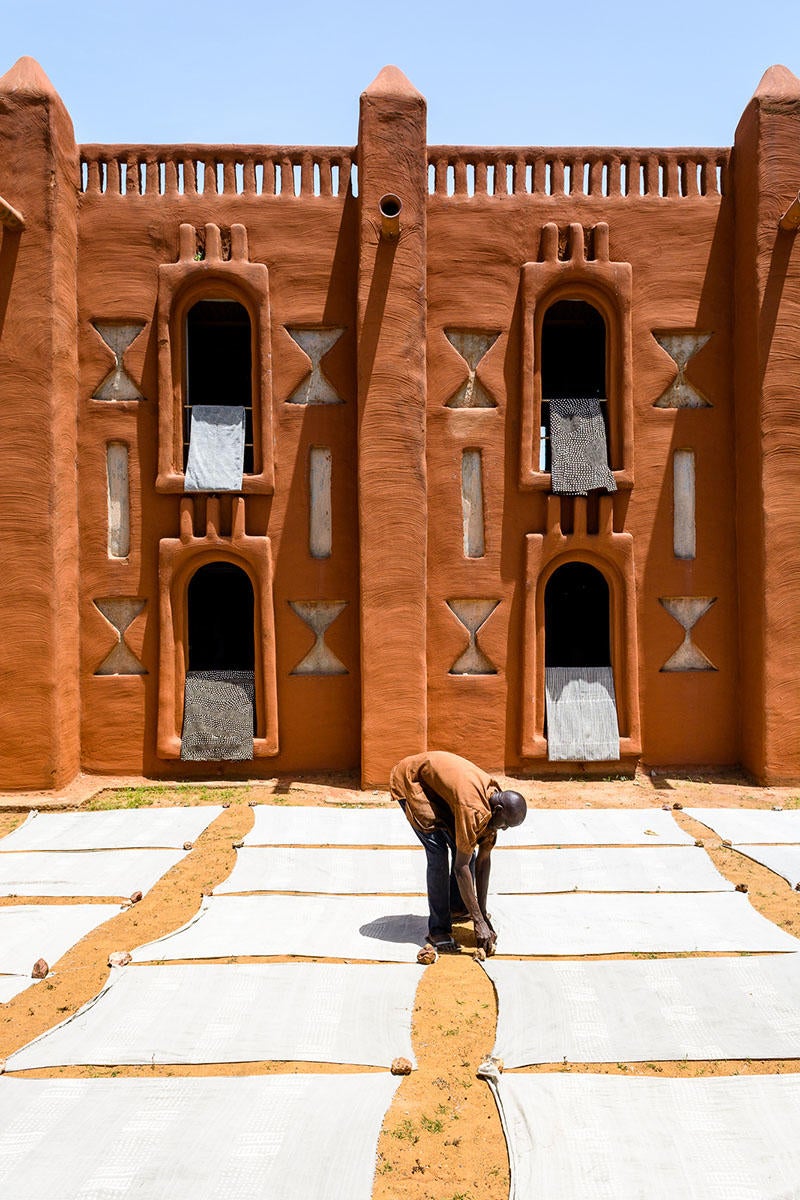Two South African couples bring their native continent’s design to market.

When husband-and-wife team Julian and Trevyn McGowan returned to South Africa after living in London for 22 years, they did so with a mission: to bring contemporary South African design to the rest of the world. Their first venture was Source, founded in 2003 as an export agency for home retailers like ABC Home, Anthropologie, Liberty and Bergdorf Goodman. As the venture grew into a collaboration with more than 100 suppliers, the McGowans worked to create a robust export industry by helping their vendors with product development, brand direction, streamlining production, packaging and logistics. “Through photography and storytelling, we were able to create a demand for—and build an understanding of—a contemporary African aesthetic with a rich narrative,” recalls Trevyn McGowan. “It was a very exciting time to move back. The country was forming a new identity and the creative platforms of art, design and craft gave a voice to extraordinary talents expressing unique viewpoints on the global stage.”
Five years later, the couple launched Southern Guild, the first gallery to focus exclusively on limited-edition, collectible African design. Working with 40 to 50 designers and artists, they exhibit at design shows and collaborate with museums and auction houses around the world.

BOH subscribers and BOH Insiders.









































